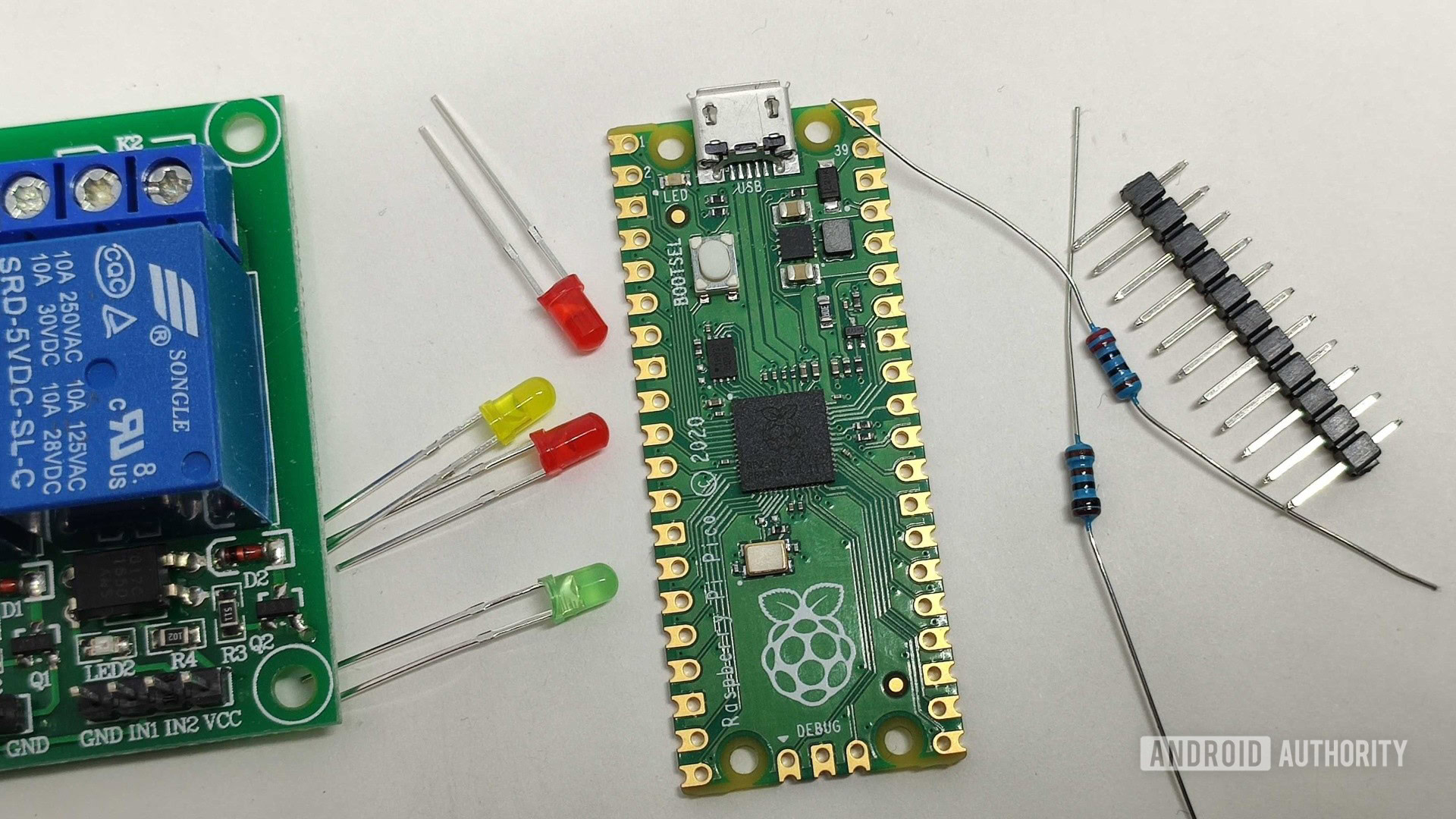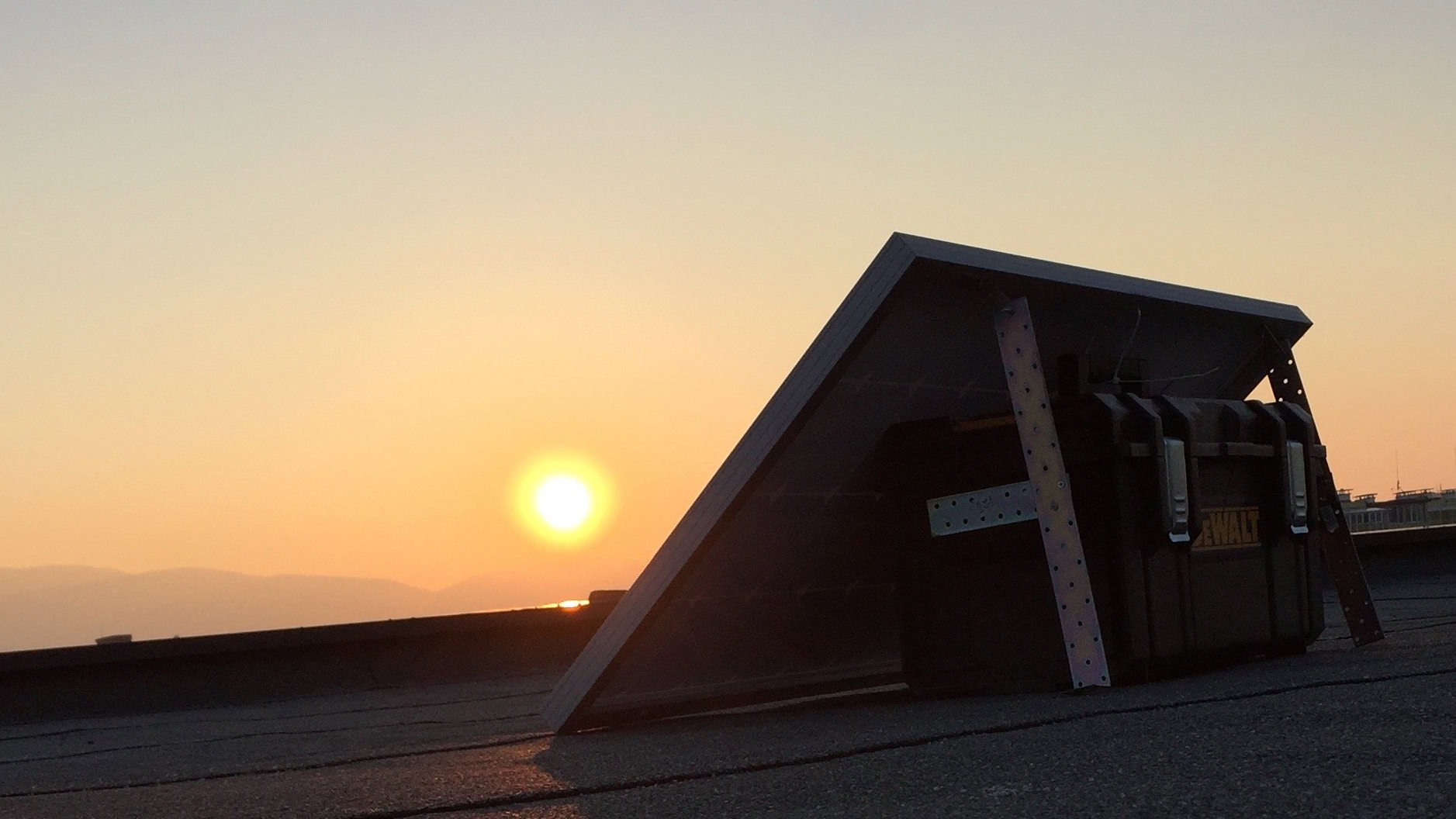Affiliate links on Android Authority may earn us a commission. Learn more.
A decade of the Raspberry Pi: 5 cool projects we’ve seen over the years

The Raspberry Pi, everyone’s favorite single-board computer, celebrates its tenth anniversary this year. At $35, the original Pi Model B was an instant success and was quickly embraced by hackers, hobbyists, and students alike. Even an entire decade later, the Raspberry Pi continues to live at the heart of countless electronics and computing projects, including many of our own here at Android Authority.
With such a thriving global community, it’s probably not very surprising that someone’s always trying to squeeze every last bit of potential from the Pi’s versatile hardware. To that end, here are five cool and elaborate Raspberry Pi projects we’ve seen over the past ten years.
Star Wars-themed Alexa droid
While many of us already have a voice assistant like the Echo Dot in our homes, most of them lack personality. Social robots haven’t taken off either, with projects like Jibo nearly going bankrupt in recent years. Luckily, there’s a whole world of customizable, DIY virtual assistants out there if you’re adventurous, many of which revolve around the Raspberry Pi.
The video above shows off one such assistant in action — it’s essentially a 3D-printed model of the L3-37 droid from Star Wars. A giant servo allows the droid’s head to pivot, making it seem much more interactive than your usual display or speaker.
Since Amazon doesn’t let you use a custom wake word on its Echo devices, the droid’s creator Patrick commissioned a Raspberry Pi to act as the brains instead. The Pi uses Amazon’s Alexa Voice Services SDK to offer the same functionality as any other Echo device. The droid lifts its head whenever the wake word is invoked — pretty cool!
Related: How to build your own digital assistant with a Raspberry Pi
If you like the idea of a voice-activated Star Wars-themed droid, you’ll be happy to know that this is far from the only implementation we’ve seen over the years. Tinkerers have used Raspberry Pi boards to control everything from an old-school R2D2 to a BB-8.
A 1,060-node Raspberry Pi supercomputer
One Raspberry Pi is pretty powerful for its diminutive size, but if you need to run programs that involve loads of number-crunching, having multiple can speed things up significantly. In 2019, software company Oracle followed this logic and built the world’s largest Raspberry Pi cluster. The result? A supercomputer with over a thousand Raspberry Pi boards stacked five meters high.
Oracle used the cluster to display a tech demo at its annual developer conference, but similar clusters have also been built for specific applications over the years. In 2020, for example, Oracle constructed a smaller 84-node Pi cluster that contributed computational power to the Search for Extraterrestrial Intelligence (SETI).
Similarly, the Los Alamos National Laboratory has access to a 750-node Raspberry Pi cluster. According to their High Performance Computing Division, the hardware comes in handy to experiment with software that will eventually run on much more powerful (and power-hungry) supercomputers.
An off-the-grid Raspberry Pi web server
Raspberry Pi OS is based on Debian Linux, the same operating system that most commercial-grade servers run. In fact, this has allowed many of us to use the Pi as a NAS, media server, and web host. But do you ever wish your hardware had data center-like 24×7 reliability? You’re not alone. Someone built an off-the-grid Raspberry Pi web server that can keep going pretty much indefinitely.
Related: Is Android just Linux?
Reddit user Viko detailed his endeavor to build such a system in a 2016 post on the Raspberry Pi subreddit. The hardware setup was pretty straightforward — Viko used an LTE modem, solar panel, and a 52Ah lead-acid battery. They then tucked all of the components, minus the solar panel, into a sealed box for weather resistance. While this could be done with any computer, the Raspberry Pi is the perfect candidate because of its low power consumption and small form factor.
According to Viko, the Pi-powered web server achieved 100% uptime over several months of varying weather conditions. The setup even powered through thunderstorms, floods, snow, and communication disruptions.
Game Boy-inspired portable gaming handheld
The Pi Zero is a cut-down version of its larger, credit card-sized sibling. While you lose some performance (and a fair number of ports) from the larger models, it’s still plenty capable. Case in point: you can use it to emulate many older consoles, especially handheld ones like the Game Boy. But what if you wanted the portability of those consoles too? Well, the Pi Zero is small enough to fit in a handheld-sized enclosure (or an original SNES cartridge!).
Making your own Pi-powered handheld console is pretty simple, especially if you have access to a 3D printer. You can buy most of the electronics individually or as part of a kit. You’ll need a custom PCB for the buttons, a battery, and an LCD screen in addition to the Pi. As for software, most recommend using RetroPie, which can help emulate most older consoles.
If an off-the-shelf solution seems too mainstream, though, we recommend checking out some more elaborate custom Pi-based handhelds. This one, for instance, can load games from modded game cartridges containing an embedded microSD card. Another project not only fit a Raspberry Pi within a Game Boy enclosure but also retained the ability to run original game cartridges.
High-altitude balloons: Sending the Raspberry Pi to space
The Raspberry Pi is among only a handful of computers to have ever made it to the stratosphere, thanks to a rather specialized piece of equipment called high altitude balloons (HABs). These balloons can typically reach heights of up to 45km — higher than the Earth’s ozone layer. They’re often used for weather forecasting, telemetry, and imagery. As you’d expect, the Raspberry Pi is more than capable of these duties and has become a popular choice for researchers and hobbyists.
In 2014, hobbyist Dave Akerman developed a custom tracking board (a GPS receiver, antenna, and radio transmitter) for the Raspberry Pi that allows anyone to send and track a high-altitude balloon. Of course, there are many details you should probably consider first. The legality of the intended flight path and where your balloon will land will probably be your primary concerns. Still, the idea of launching an object into space is undeniably exciting.
While these might be five of the coolest Raspberry Pi projects we’ve seen, this list doesn’t scratch the surface of the impressive and downright whacky inventions people have come up with in the Pi’s first decade. Do you have a favorite Raspberry Pi project that we didn’t cover? Let us know in the comments!
Read next: How to block ads across your entire Wi-Fi network with a Raspberry Pi

